Dance Collections & New Collaborations: Contemporary Dance with TO Live & Canadian Stage
Bangarra Dance Theatre, the renowned contemporary Aboriginal Australian dance company, is set to finally make their Toronto debut this month, kicking off TO Live and Canadian Stage’s 2019/20 Dance Collection season. Rather than curating individual contemporary dance programs, the companies have combined their expertise to bring an ambitious selection of contemporary choreography, including national and international favourites as well as emerging artists.
Clyde Wagner, president and CEO of TO Live spoke with me on the phone about the new partnership and upcoming season. “At the end of 2018 we’d been in discussion with Canadian Stage. They present their dance series and most of their larger works at the Bluma Appel Theatre, which is one of TO Live’s performance spaces. At the same time, TO Live had been doing their own dance series at what was the Sony Centre for the Performing Arts, which is now Meridian Hall. We were talking about how can we do more with Canadian Stage; how can we work together? It seemed like a totally obvious and natural fit that we would co-present, allowing both companies to do more than they could have on their own.”

Tara Robertson, Tara Gower, and Jasmin Sheppard in Spirit. Photo by Zan Wimberley.
Having Bangarra Dance Theatre and their latest work Spirit in this season’s Dance Collection was an obvious choice, Wagner explains. Part of the mandate for both the Canadian Stage and TO Live includes striving to represent Toronto in all its diversity and complexity—this includes national and international Indigenous voices. “Here you have one of the top contemporary dance companies in the world, who doesn’t tour very often, and they were out [of Australia] and in North America. So for us, it was natural to bring their work here and to open our season with them. We were excited by that.”
Bangarra—a Wiradjuri word meaning “to make fire”—is a company famous for combining contemporary and traditional Aboriginal dance, music, and storytelling. The company’s repertoire is based on the stories collected from respected Elders, and all performers are from Aboriginal or Torres Strait Islander backgrounds. They’ve been fusing dance styles since 1989 to the delight of audiences worldwide.
Joining forces, rather than having two different programs running concurrently, makes a lot of logistical sense, Wagner explains: “There are some really fantastic choreographers and contemporary dance artists that are working today that might be new to the city of Toronto, or maybe aren’t as well known, or just not [producing] the same size of work. So that allows us to work together and instead of bumping into each other by trying to do something at the Bluma Appel, we’re able to lift up and do more than we were individually.”

Radical Vitality Solos and Duets by Marie Chouinard.
I couldn’t help but wonder if it might have been difficult for Canadian Stage and TO Live to program their inaugural season together, but it seems they are on the same page when it comes to artistic vision. “When you get two artistic people together to choose a [program], sometimes it doesn’t always work well, but in this case it worked really well! We were all looking at and interested in the same groups of people. We went through a process that isn’t all that interesting, made lists of what was out there and new work that we were interested in. Then collaboratively we came up with the companies that we interested in—not just in this year but for a couple of years ahead. So it actually was quite a wonderfully collaborative and friendly process.”
Wagner says of the 19/20 season, “[Canadian contemporary dancer] Marie Chouinard or Bangarra are global names practicing in the marketplace, so when they are out on tour then we’d want to definitely try to work with them and bring them into the city.” Together, TO Live and Canadian Stage can more easily program internationally celebrated artists like Chouinard with her Radical Vitality Solos and Duets, Bangarra, and cap off the season with NDT1 —by the returning Nederlands Dans Theatre (NDT), who wowed audiences in 2016.
Rather than limiting themselves to contemporary mainstays, it’s important to keep the art form fresh, and Dance Collection is seeking to push boundaries this season. “A good example of where [we’re] helping an artist stretch further is the piece Crypto, which is a new [work] by Guillaume Côté, a local artist with the National Ballet. That’s something we want to get on board with, and try to support and be a part of.” Côté’s star has certainly been on the rise, with his recent choreographies of Frame by Frame and Petit Prince for the National Ballet of Canada.

Guillaume Côté and Drew Jacoby in Crypto. Photo by Matt Barnes.
“With work like Bangarra, NDT, or Guillaume Côté with Crypto, I always hope that all these pieces reach out beyond the traditional dance audience and have a broader appeal. You know, TO Live also partners with seven theatres and an art gallery. We do quite a lot of work, and as an agency we’re here to support a broad reach to the audiences in the city.” Along with Dance Collection, TO Live also has their Uptown Moves series and musical programming, as well as a number of community outreach programs that look to represent and appeal to the diverse populations that call Toronto home.
“Dance is an art form that I personally believe lots of people can engage with,” Wagner tells me. Unlike the highly codified world of classical ballet, “there’s very little barrier to contemporary dance. I think that you can appreciate it even if you haven’t studied it. If you aren’t a dancer you can find something in it because of the grace and beauty of movement of the body, because of the way the choreographers work with their companies.”

NDT1 by Nederlans Dans Theater. Photo by Rahi Rezvani.
“It’s accessible as an art form but also accessible pricing for people, so hopefully that will mean lots of people will come out and have a chance to see something new.” Wagner reports that both companies endeavour to have a selection of affordable seating, including reasonably priced rush seats and special prices for arts workers. They also are working on making sure their venues are accessible for the disabled.
“I always encourage people to try it because once you’re in the room and you see something from any one of these companies, there is such great beauty, that I hope you’ll be hooked and come back!”
Bangarra Dance Theatre making its Toronto debut is indeed a thrilling start to this new partnership. With the rest of the 19/20 Dance Collection season, TO Live and Canadian Stage are setting the barre high for their years to come in contemporary dance.

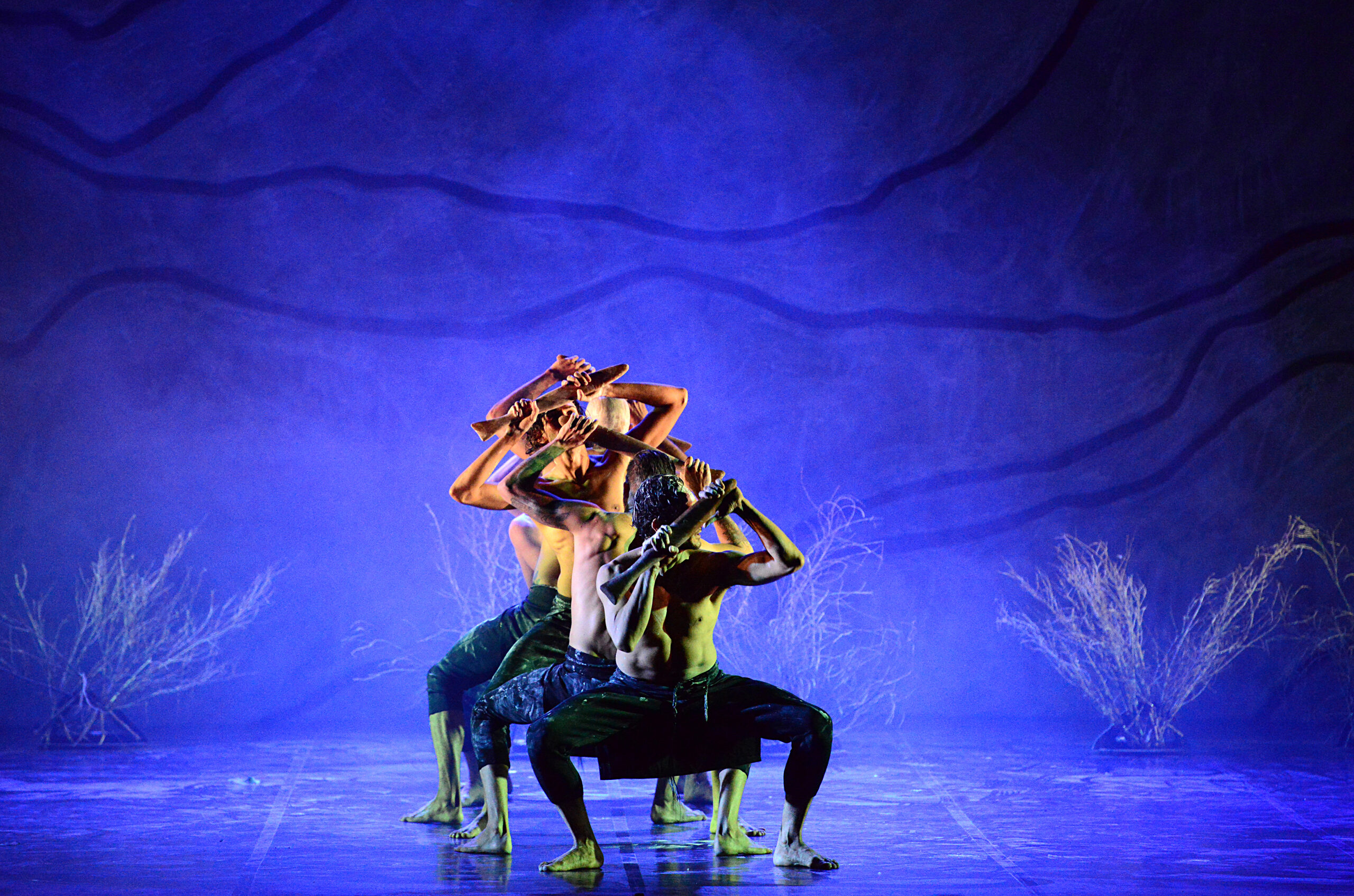

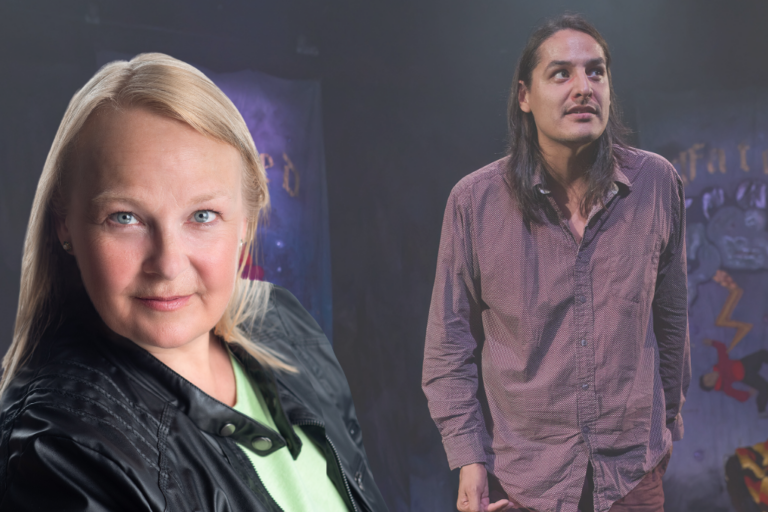

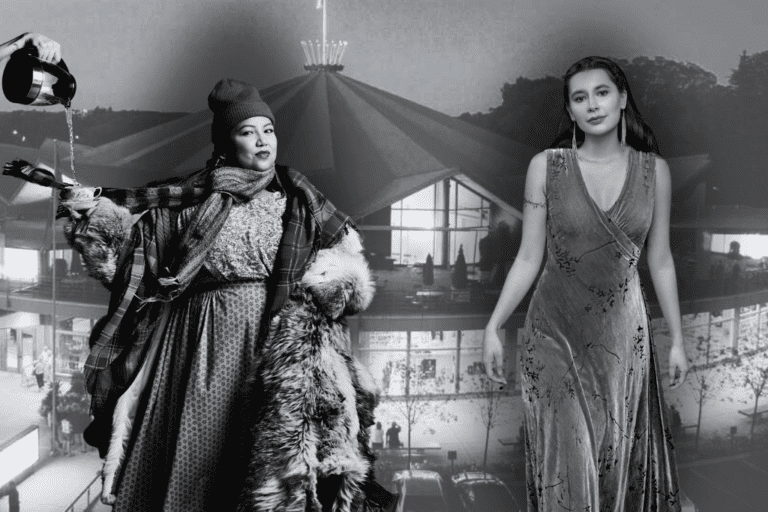

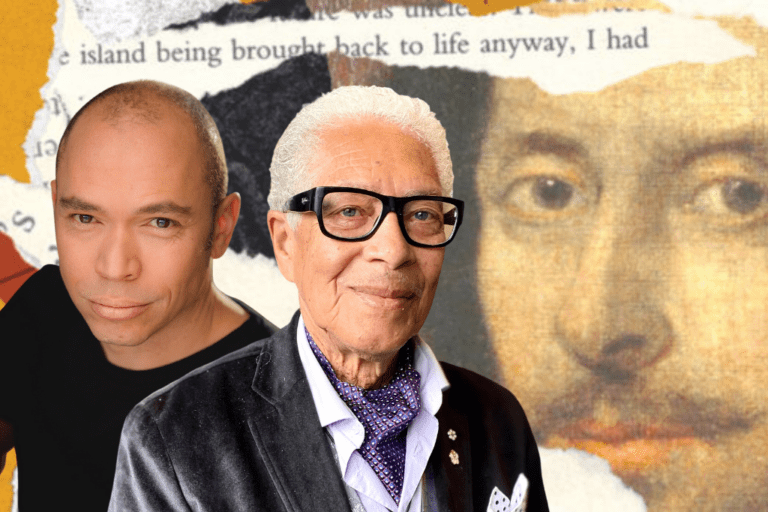
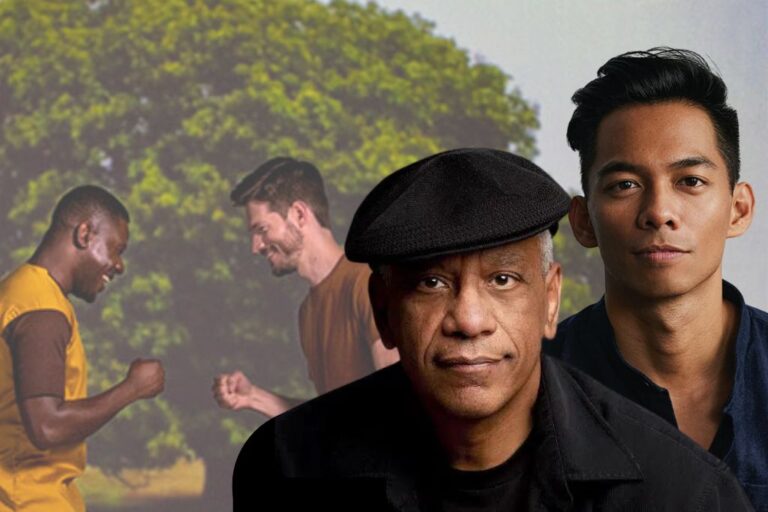

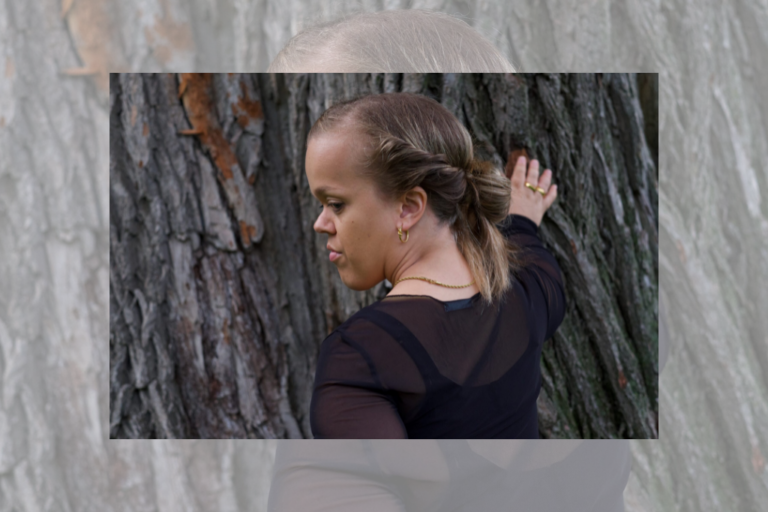
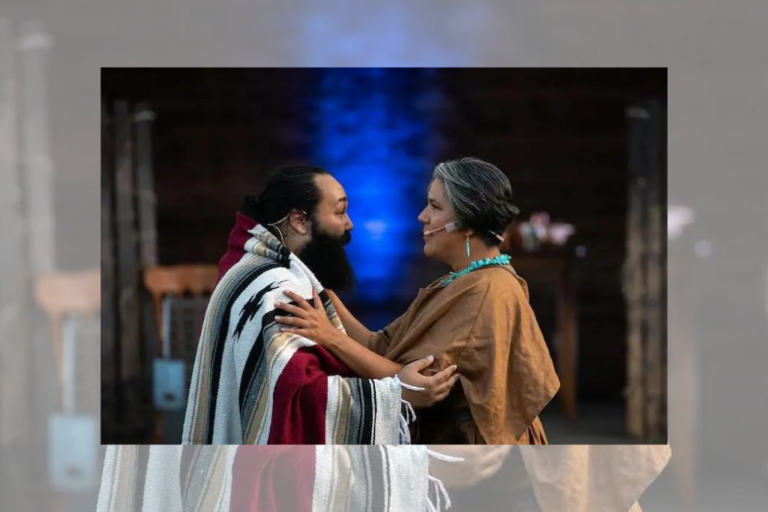
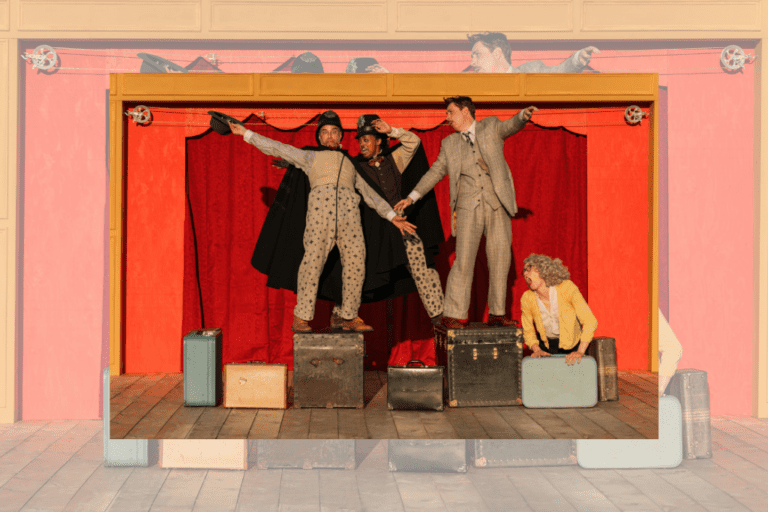
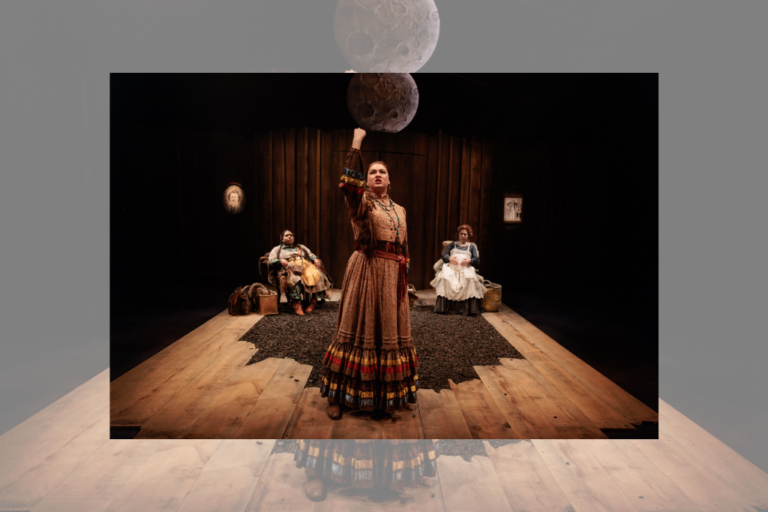
Comments